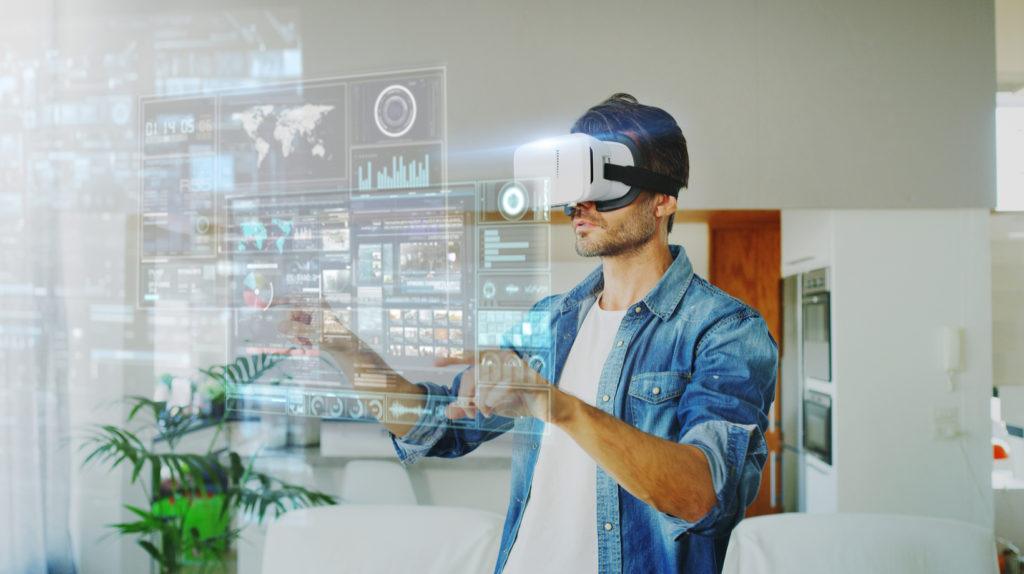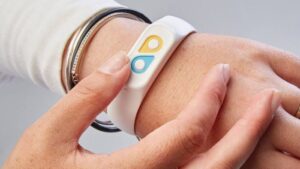Augmented Reality for Remote Assistance and Training

Augmented Reality (AR) is transforming remote assistance and training by enabling highly interactive, real-time support across industries. AR overlays digital information onto the physical world, allowing remote trainers or support teams to guide users directly within their environment. From field service and equipment maintenance to medical training and customer support, AR offers a practical and immersive solution for tasks that traditionally required in-person expertise.
In manufacturing and industrial settings, AR remote assistance enables experts to assist technicians on-site without the need for travel. Through AR-enabled devices like smart glasses or mobile apps, technicians can see digital overlays with step-by-step instructions or real-time feedback, streamlining complex repairs and reducing error rates. For example, a technician working on a machine can receive remote guidance from an expert who annotates the view, indicating specific parts or suggesting corrective actions directly in the technician’s line of sight. This hands-on, real-time assistance helps reduce downtime and increases productivity.
Healthcare training is also benefiting from AR by allowing medical students and practitioners to practice procedures in a virtual environment layered onto real-world tools. Using AR, trainers can guide practitioners through procedures like surgeries or patient examinations without needing physical presence. This method offers significant advantages, especially in high-stakes or resource-limited scenarios, by providing a realistic yet safe environment to practice skills, refine techniques, and improve decision-making.
Customer support is another area seeing innovation with AR. Companies are using AR to provide remote troubleshooting for customers, allowing support teams to demonstrate fixes visually rather than through traditional verbal instructions. For example, a support agent could guide a customer through assembling a piece of furniture or troubleshooting a device by displaying visual cues on the customer’s screen. This not only enhances customer satisfaction but also helps reduce the time required for resolving issues, as users can follow precise, visual instructions instead of interpreting written or verbal directions.
In corporate training, AR offers a way to create realistic simulations for employee onboarding and skill development. New employees can use AR to interact with virtual models of machinery, explore workflows, or even practice soft skills like communication and customer service in simulated environments. By immersing trainees in life-like scenarios, AR helps improve retention and provides hands-on experience, which can be more impactful than traditional training methods.
Despite its promise, AR for remote assistance and training has challenges. AR relies on stable network connectivity for real-time interaction, which can be a barrier in areas with low bandwidth. Additionally, implementing AR technology requires investment in hardware, software, and training, which may limit its accessibility for smaller organizations. Privacy concerns also come into play when recording or broadcasting real-world environments, especially in sensitive or confidential settings.
However, as AR technology becomes more accessible, we can expect more organizations to adopt it for remote assistance and training. Future advancements, such as integrating AR with AI, will further enhance its capabilities by providing contextual, intelligent guidance based on real-time data analysis. With these advancements, AR is set to redefine the landscape of remote assistance and training, making expert guidance available anytime, anywhere, and transforming how industries support and educate their workforce.



